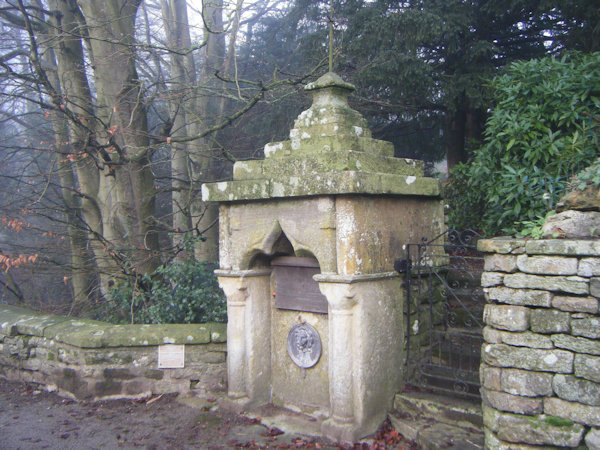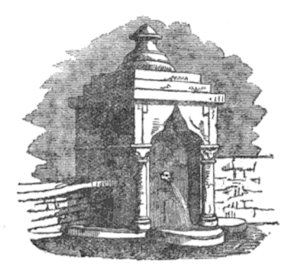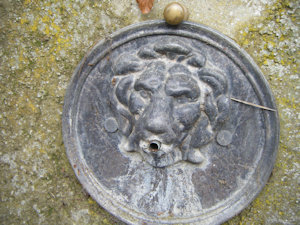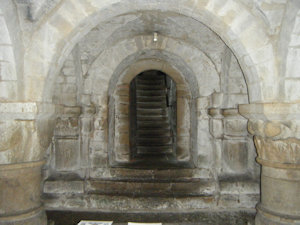 |
Dedication: Saint Cedd Location: Lastingham Coordinates: 54.304531N, -0.88089253W Grid reference: SE729904 Status: dry Heritage designation: Grade II listed building |
HOME - ENGLAND - NORTH RIDING
 |
Dedication: Saint Cedd Location: Lastingham Coordinates: 54.304531N, -0.88089253W Grid reference: SE729904 Status: dry Heritage designation: Grade II listed building |
St Cedd, the brother of St Chad, was an originally Northumbrian saint from the 7th century. He acted as a missionary in the Midlands before founding a monastery at Lastingham, at the orders of King Ethelwald of Deira (who was the son of St Oswald), in 654. It is thought that the original monastery was constructed of wood. Cedd favoured Celtic practices over Roman Catholic ones, although he accepted the Roman Rite at the Synod of Whitby. Soon after, in 664, Cedd died of the plague at Lastingham; when thirty monks travelled from Essex to pay homage to him, they too caught the plague, and all but one of them died. His bones, which attracted many pilgrims during the medieval period, were interred, at some point, beneath the floor of the crypt of Lastingham church, where they are still said to reside today.
St Cedd's Well, one of three holy wells in the centre of Lastingham, would have been a destination for medieval pilgrims. Although there is no record of what traditions were associated with the well during the medieval era, it became popular after the Reformation for young maidens to visit the site and "wash their garters" in the water on the eve of St Agnes' day. Almost certainly, this tradition was an offshoot of some other pre-Reformation custom. This tradition was recorded in The White Rose Garland, in 1949:
|
I am also told by the elder dames that it was a common custom in days past for those maids who were in troth such of them to repair unto St. Cedd's Well at Lastingham on the Eve of St. Agnes, and there perform the office of washing of their garters. The doing of the like was held of all to be most binding vow to so remain true maids. |
It seems that, during the Victorian era, the well was also visited by lovers, as stated in this rather strange anecdote that can be found in volume 92 of The Churchman, from 1905:
|
St. Cedd's Well was a favourite place for sweethearts, and one annalist records: "I have heard my own grandfather tell how he and others did match their cocks and fight 'em, for secret's sake, in the crypt of Lastingham church." |
Unlike the other wells in the village, St Cedd's was subject to a major transformation in the Victorian era, when the ornate construction was first built. It is not recorded exactly what the structure that the Victorian drinking fountain replaced was like, but it was presumably in a bad condition. Although it was built in the Victorian era, the structure used 12th century stonework from the ruins of Rosedale Abbey. Onto the west side of the building was inscribed the following:
|
CEDD |
The original inscription is today too weathered to be legible, but it has been helpfully transcribed onto a wooden plaque that is set on the south face of the well-house. A translation, too, can be seen in the form of a small metal plaque that is attached to the wall on the left side of the well: "Cedd / founder of Lastingham Abbey / A.D. 654 / Died A.D. 664 / and is buried / in the church on the right hand side of the altar".
Today, St Cedd's Well can still be seen beside the road that leads to Lastingham's church (which is built on the site of the monastery). At the time of visiting (December 2024), the structure was in very good repair. Unfortunately, the drinking fountain is now completely dry, as it seems to have been for rather a long time.
 |
 |
 |
|
Access: The well is located at the side of a quiet road. |
Copyright 2025 britishholywells.co.uk